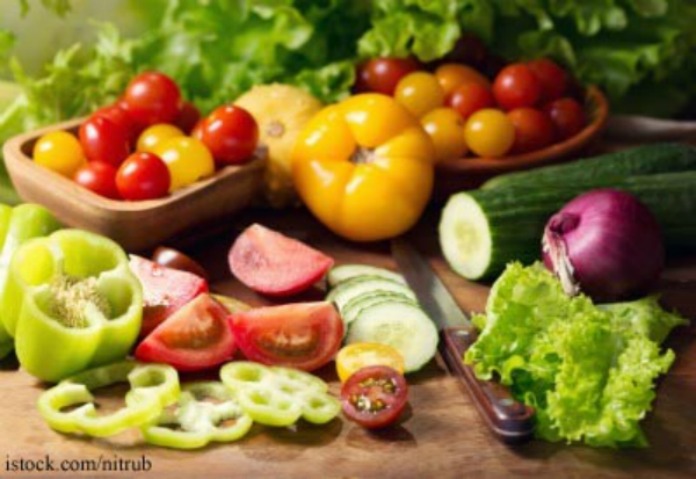The Environmental Working Group has published their Dirty Dozen Produce List and their Clean Fifteen list for 2022, with the top 12 fruits and vegetables that are most likely to be contaminated with pesticides and the top 15 that are least likely to be contaminated. The report states that more than 705 of non-organic fresh produce sold in the United States contains residues of potentially harmful pesticides.

The guide analyzes the latest test data from the USDA and FDA. It also found that more than 50% of potatoes, spinach, lettuce, and eggplant had detectable levels of at least one of three bee-killing nemonic insecticides that are banned in the EU but still allowed in the U.S.
The USDA washes, peels, or scrubs the fruits and vegetables before testing, so those actions will not reduce the pesticide content of these fruits and vegetables. Research from Harvard shows that eating fruits and vegetables with high levels of pesticide residues may decrease the beneficial effects of produce consumption, including protection against mortality and cardiovascular disease.
The 2022 Shopper’s Guide to Pesticides in Produce combines data from the USDA and FDA testing from 2020 and nine years earlier. It includes results of tests of almost 45,000 samples of product. This is done because the USDA does not test very single type of produce every year.
And the USDA does not test fruits and vegetables for all pesticides used in crop production. For instance, the USDA has not tested these crops for glyphosate, the chemical used in the commercial variety of RoundUp, even though it is the most heavily used pesticide in the U.S. and is found in high levels in several grains and beans, such as oats and chickpeas.
For 2022, the Dirty Dozen are, from number one to number 12: Strawberries, spinach, kale collard and mustard greens, nectarines, apples, grapes, bell peppers and hot peppers, cherries, peaches, pears, celery, and tomatoes.
For 2022, the Clean Fifteen, which have the lowest amounts of pesticide residues are, from number one to number 15: Avocados, sweet corn, pineapple, onions, papaya, frozen sweet peas, asparagus, honeydew melon, kiwi, cabbage, mushrooms, cantaloupe, mangoes, watermelon, and sweet potatoes.
Clinical trials show that people who switched from conventionally grown to organically grown foods had a rapid and dramatic reduction in heir urinary pesticide concentrations. Higher consumption of organic foods is linked to improved fertility and birth outcomes, reduced incidence of non-Hodgkin lymphoma, lower BMI, and reduced risk of Type 2 diabetes.




